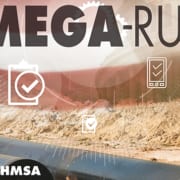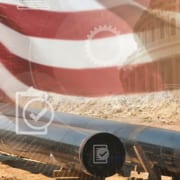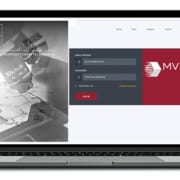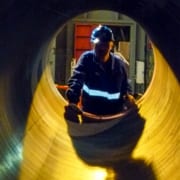News & Views, Volume 46 | In-line Inspection Performance Validation Pipe Experiment
By: Jacob Arroyo
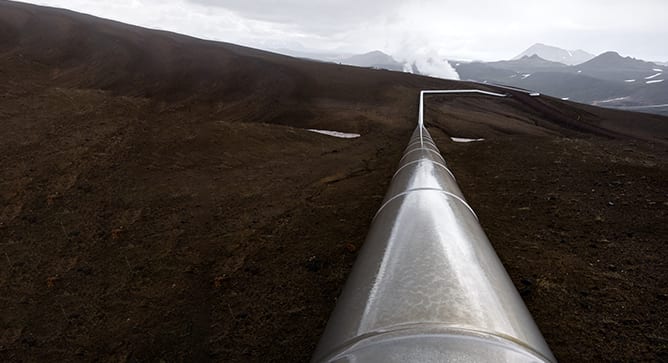
Traditionally, validations can be done using costly excavations of anomalies found by the tool. In cases where those anomalies need to be repaired, this approach is effective, and the validation does not require any further excavations. For some ILI inspections, the tool does not call any anomalies that need to be repaired. The traditional approach, in this case, has been to excavate sub-critical anomalies just for validation. In such cases, an ILI validation spool can be a valuable asset. ILI validation spools can be designed to quantify the uncertainty of the full spectrum of anomaly types without additional excavations, thus freeing up valuable resources to be allocated elsewhere to improve safety, minimizing the exposure risk of excavating pipeline assets while under full operating pressure.

